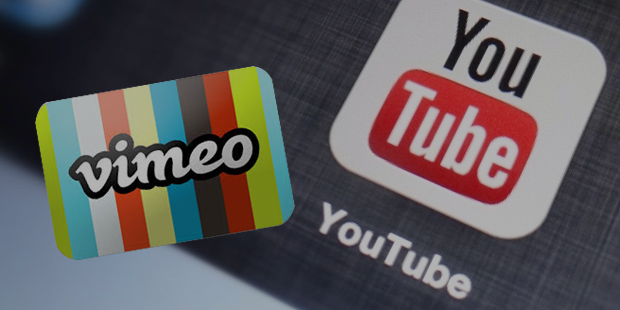5 Top Reasons Why Youtube Succeeded And Vimeo Didnt

YouTube is far ahead of its once viable adversary, Vimeo. It is interesting to note that Vimeo was launched before YouTube and in fact, initially, following its launch, YouTube was locked in a steady competition with Vimeo.
When it comes to sheer business, we all know that YouTube is far ahead of its once viable adversary, Vimeo. It is interesting to note that Vimeo was launched before YouTube and in fact, initially, following its launch, YouTube was locked in a steady competition with Vimeo.
But today, YouTube surpasses Vimeo by far. Every month, YouTube garners 1 billion unique viewers whereas that number for Vimeo is about 60 million.
While 250,000 websites use Vimeo for hosting videos, YouTube welcomes traffic from across the world.
Youtube reaches more viewers in the United States than any cable network. So how one of the two sites, which were once in neck to neck competition, suddenly traced a success arc faster than the other.
Let us compare these two brands and analyse what led Youtube come out a clear winner:
1. A Video Revolution Versus a Side Project

Josh Abramson was shown Vimeo, in its early stages, by its co-founder Jake Lodwick. When Josh and Jake became co-founders of Vimeo, their target was always their main project; CollegeHumor.
Josh Abramson wrote in a post that while they thought it was a nice application, it was not something they were willing to invest their entire energy in.
2. Vimeo’s Reluctance to Expand

For one, Vimeo thought letting people upload unfiltered content on the website would land them in legal trouble. This is why, when they launched Vimeo, they placed a number of strict rules that would be able to keep people from uploading copyrighted material.
In fact, the co-founders were not very keen on Vimeo’s expansion itself because a lawsuit would ruin the self-funded business they had set up with CollegeHumor and BustedTees. On the other hand, its expansion would have also meant more storage and bandwidth expenses on Vimeo, another thing they were reluctant about.
3. YouTube’s Risks Pay Off

YouTube on the other hand, took the very same risk Vimeo was unwilling to. YouTube had less stringent policies about copyrighted material. So when the Lazy Sunday SNL video went viral, YouTube rode that ride to success while Vimeo couldn’t.
By making YouTube the core business, its founders were able to capitalize it whereas by tying Vimeo inherently to other companies, its potential was throttled.
4. Target Niche

YouTube makes it much easier to find target niche. When it comes to internet, finding your niche is a priority for all business and entertainment channels.
This is another area where YouTube has differentially picked up users while Vimeo’s sophisticated interface remains a less preferred uploading site.
5. Monetizing Strategy

Vimeo makes for a clean, ad-free website. But this also makes it less flexible. Only 500MB of upload per week, a Plus account for $59.95 or Pro account for $199 annually - this is quite restrictive in comparison to YouTube that allows all of it for a free account.
Vimeo has its own charm. It is a cool, less mainstream video uploading website with great ad-free features and high quality (sans the fiddly HD toggle of YouTube), which attracts users in steady pace. But YouTube has emerged as the clear Goliath of the video uploading industry and that too for some very clear reasons.









